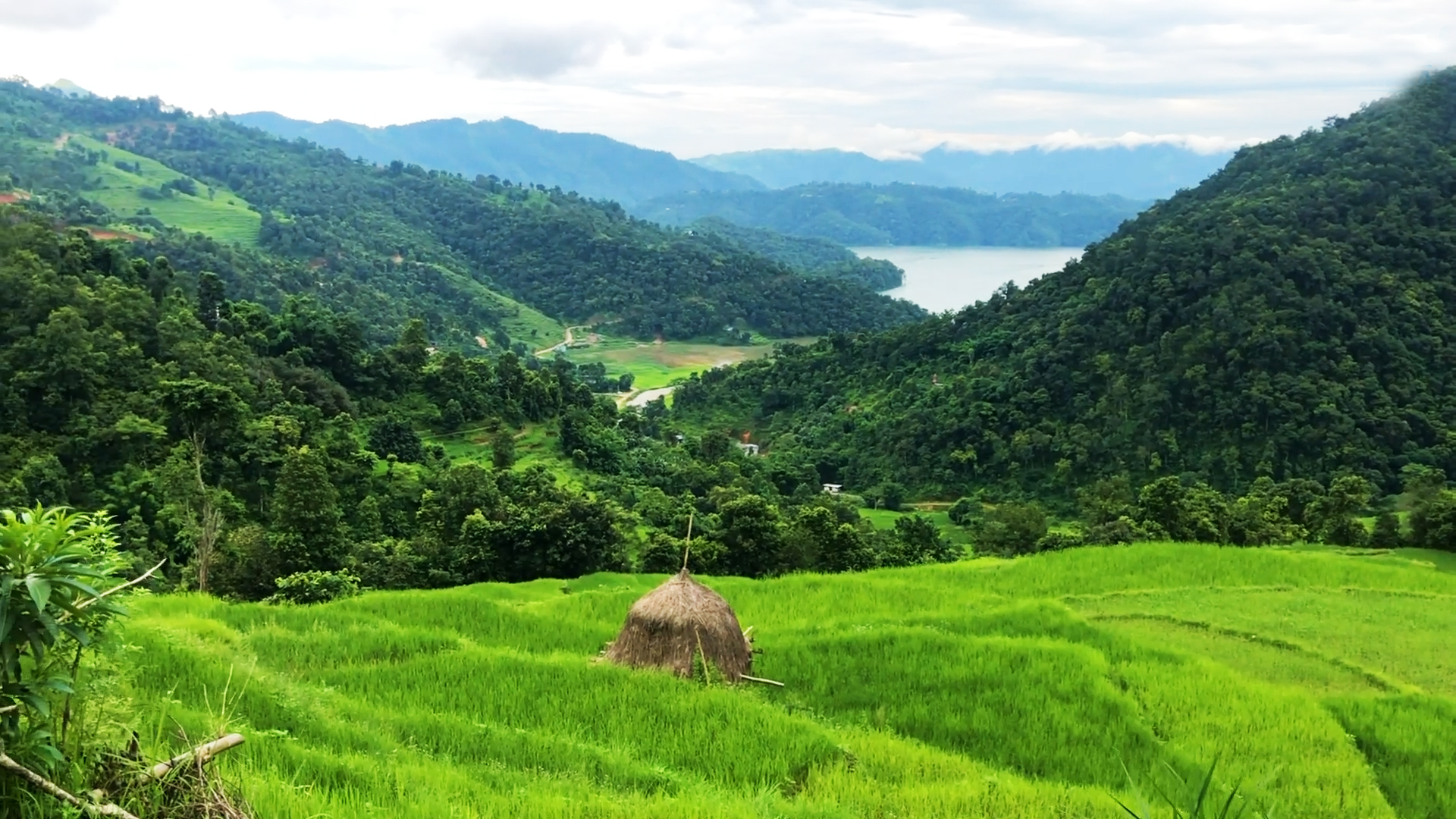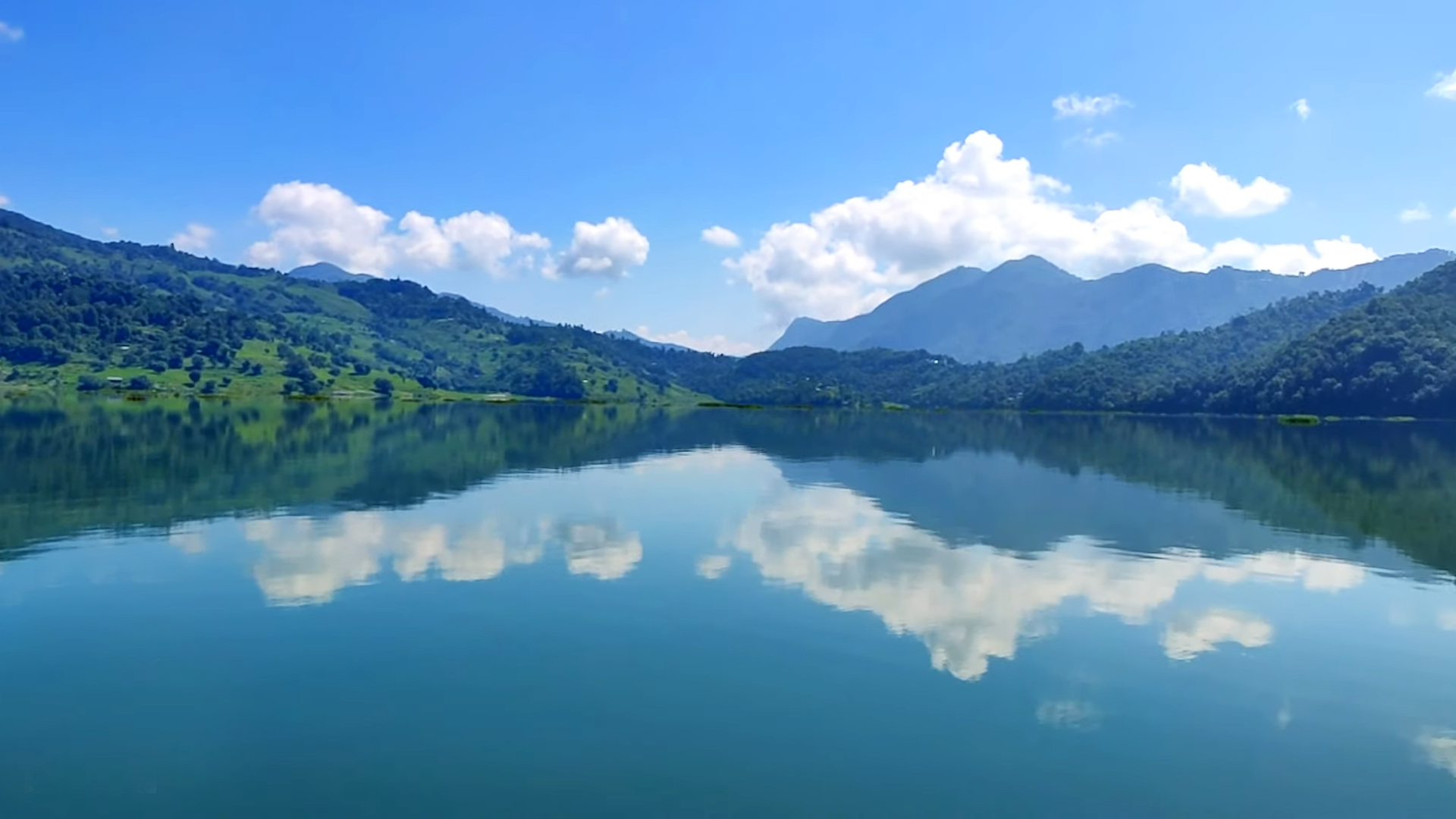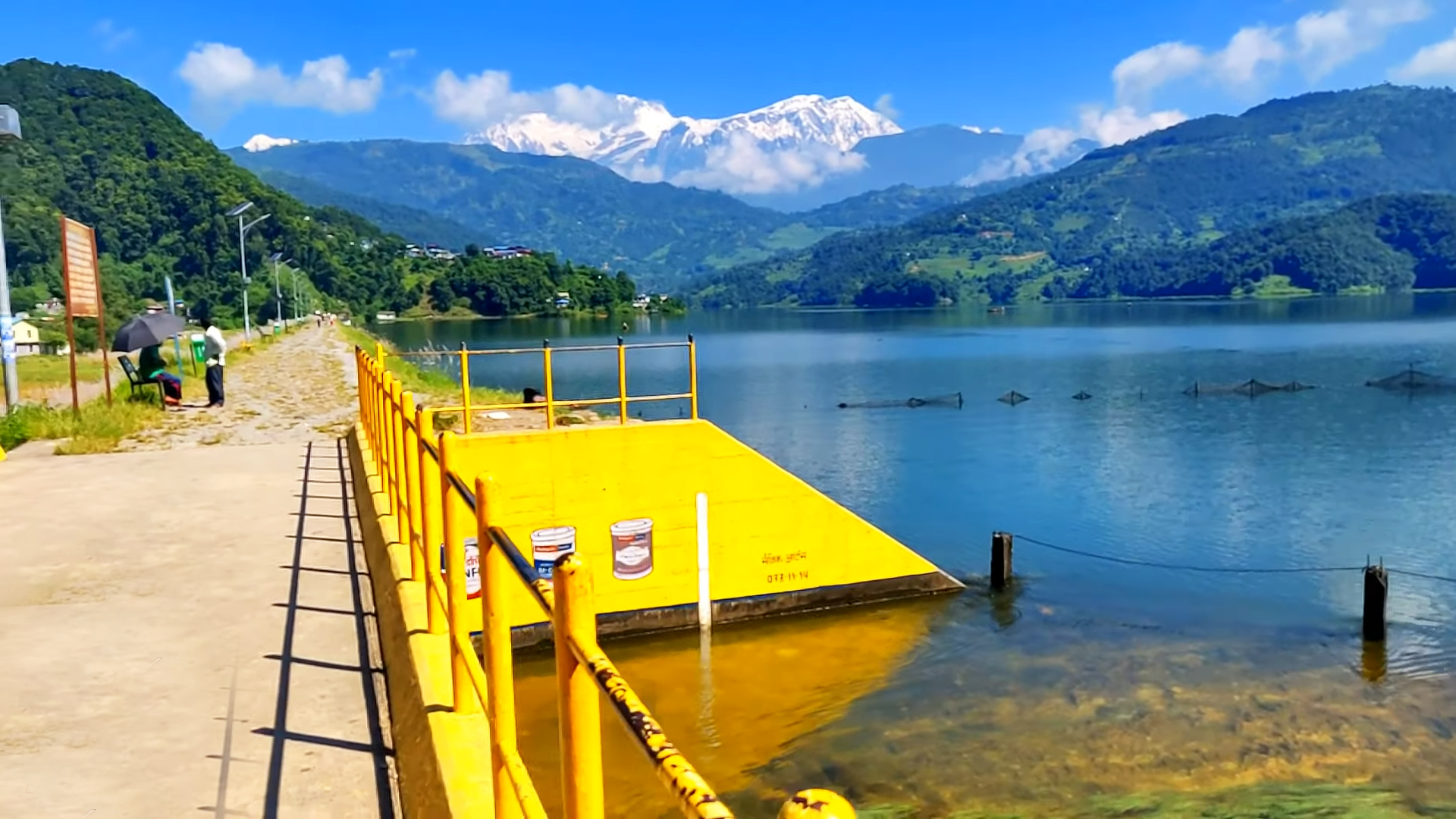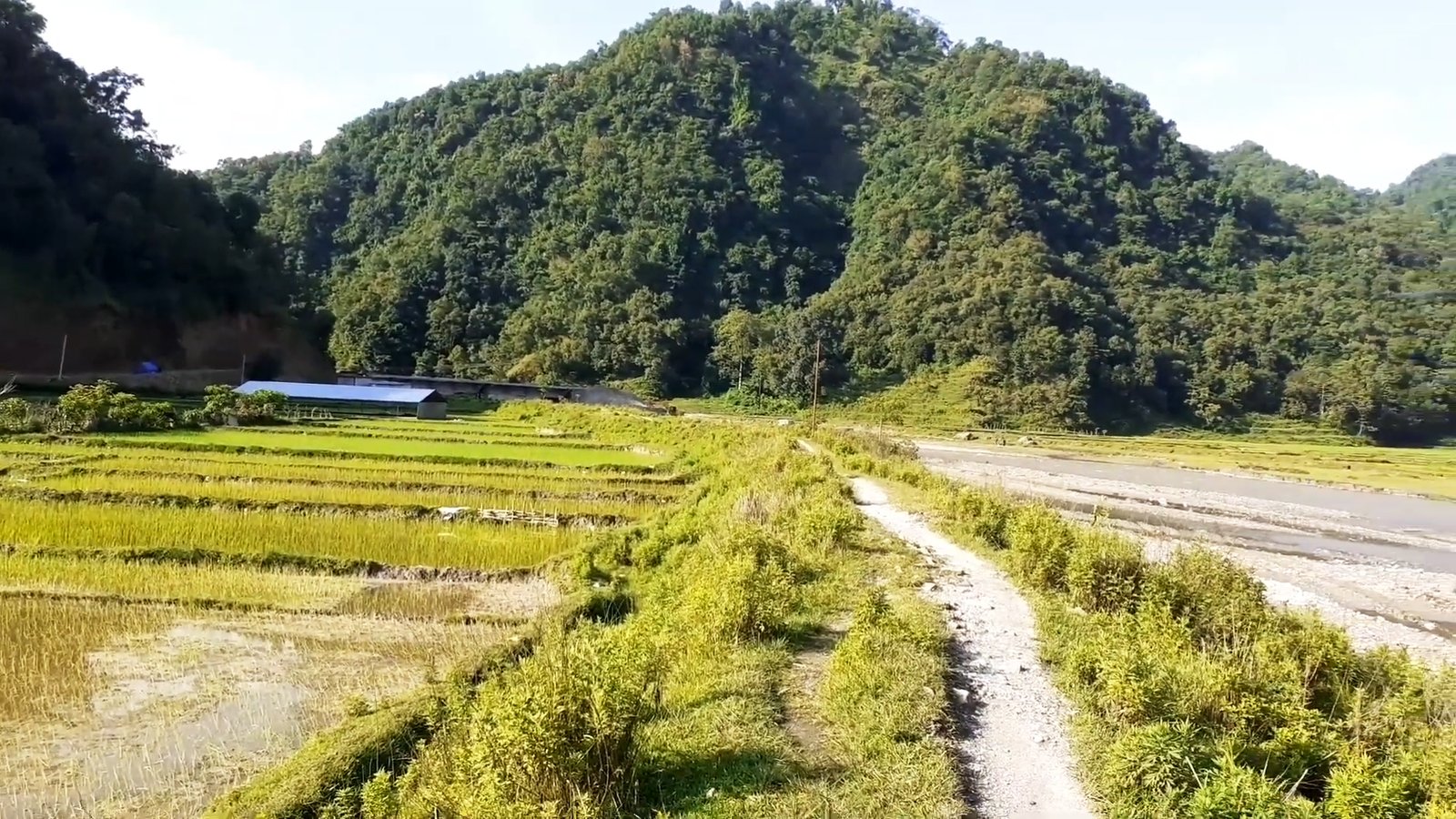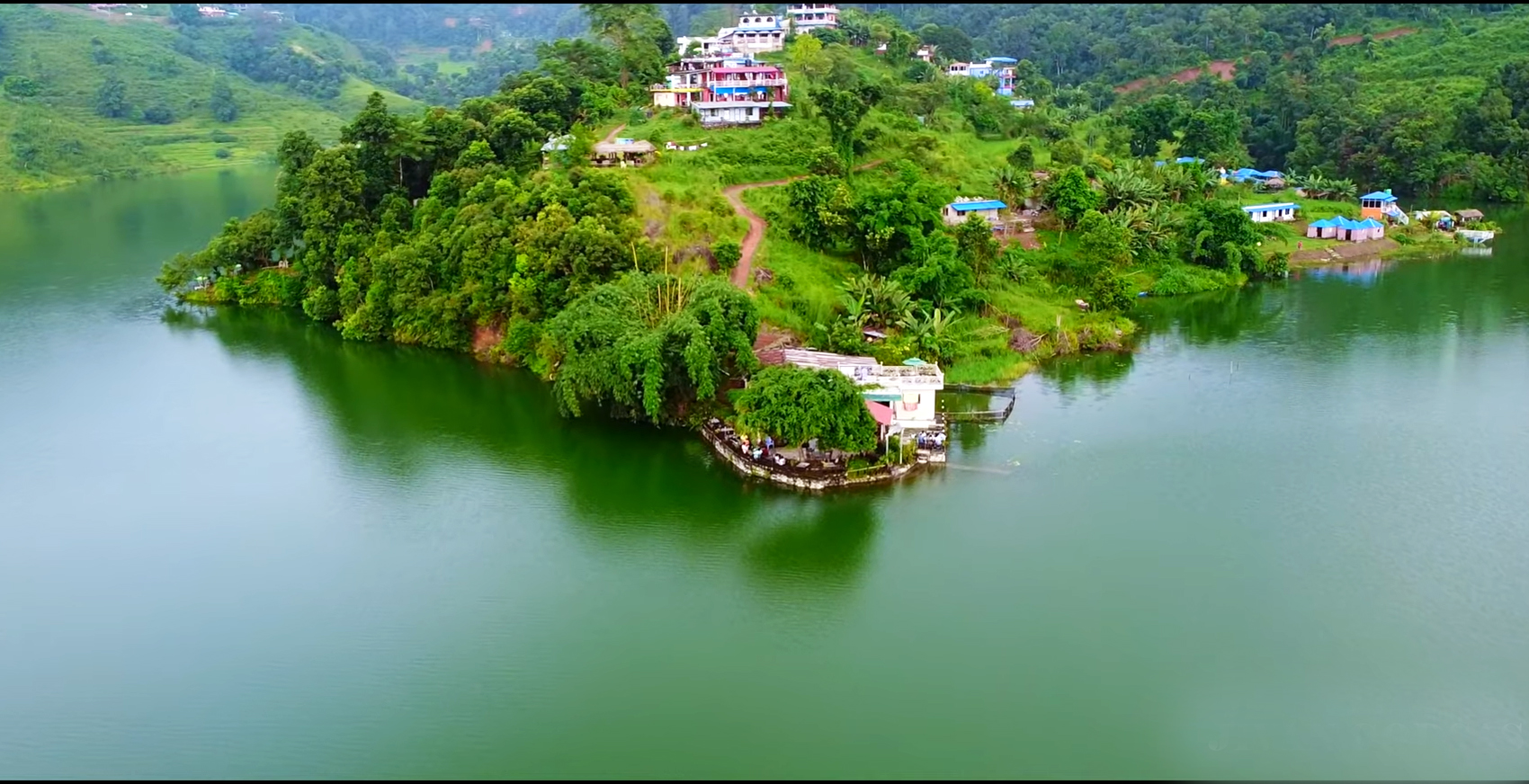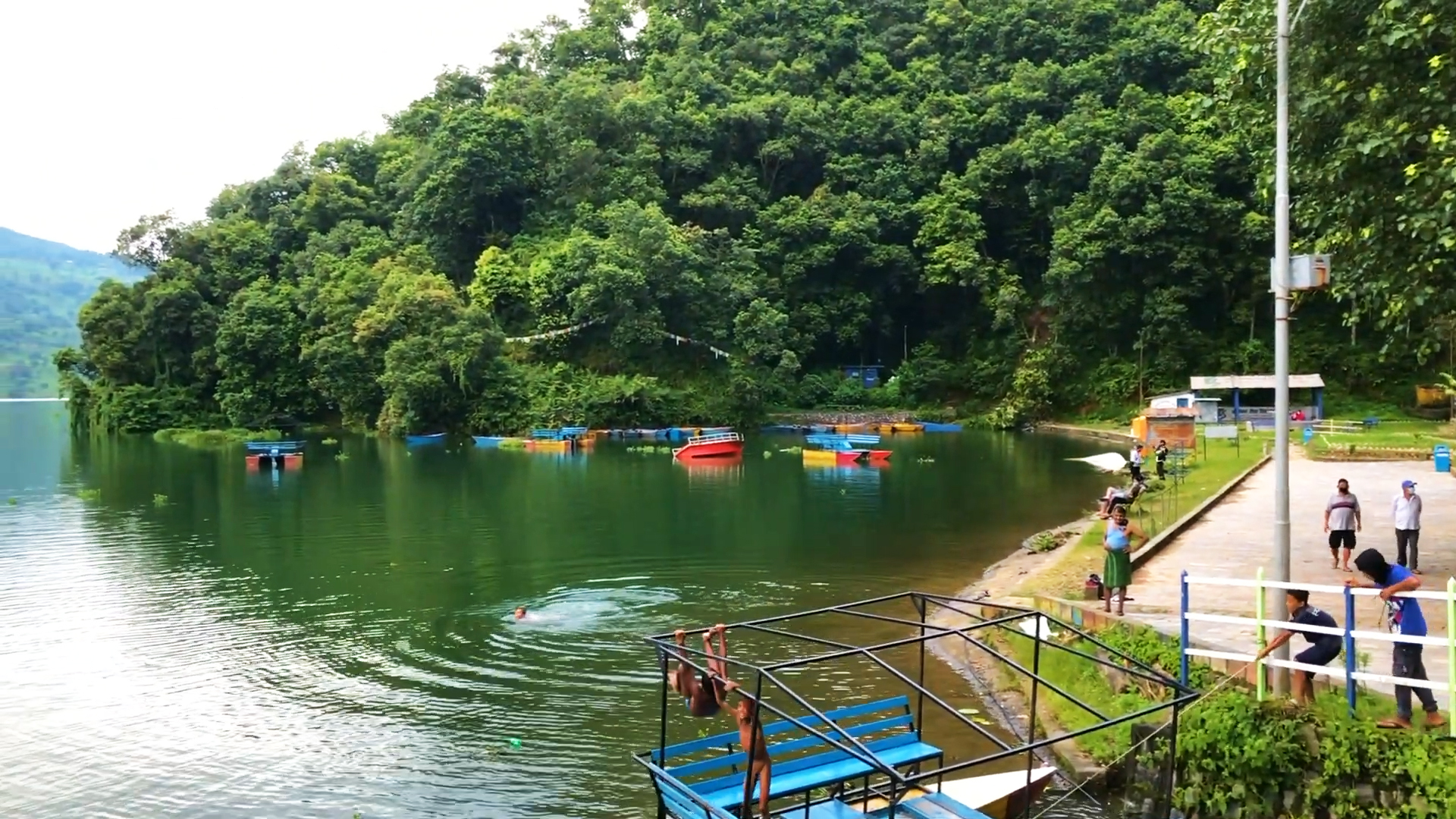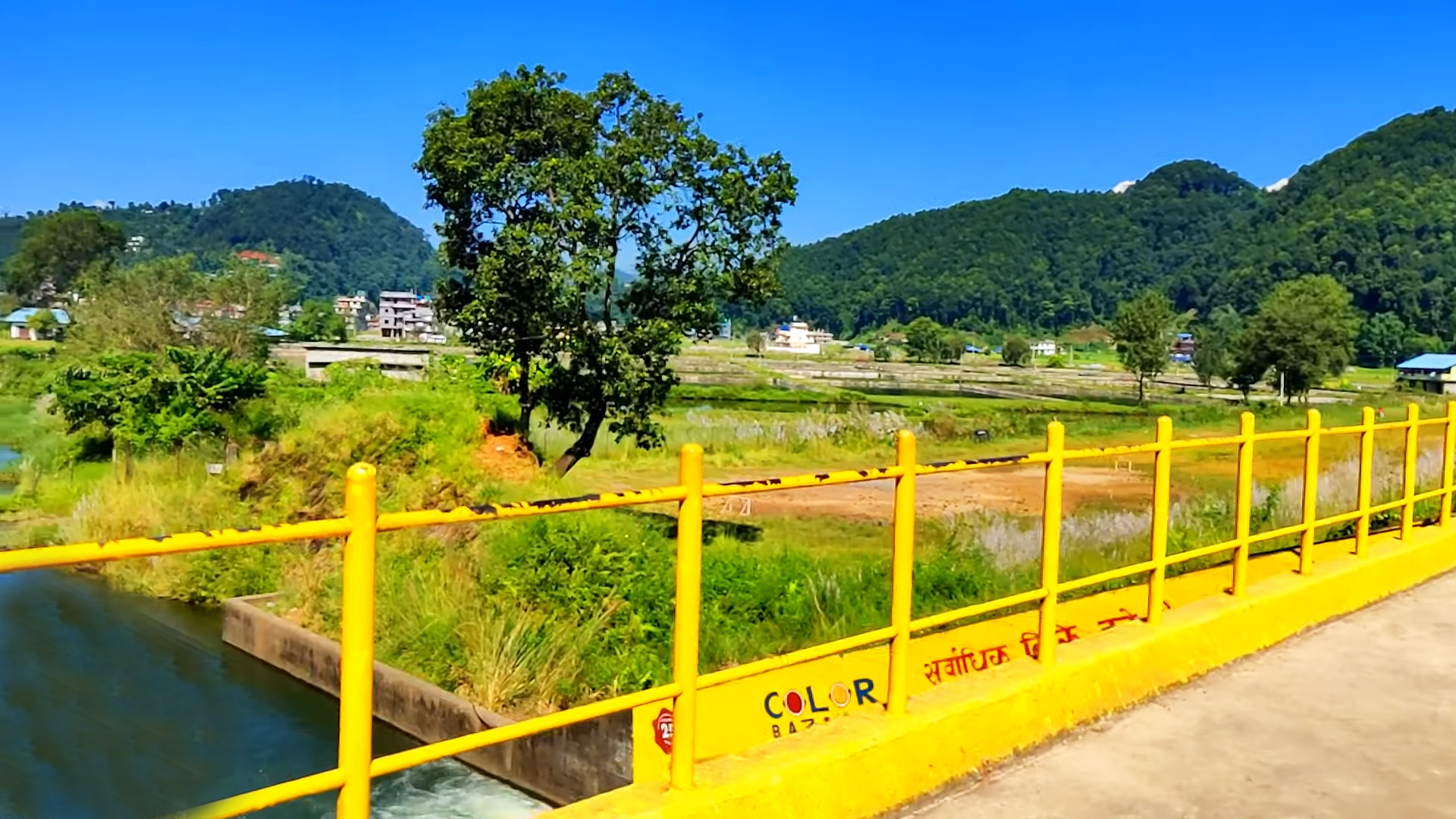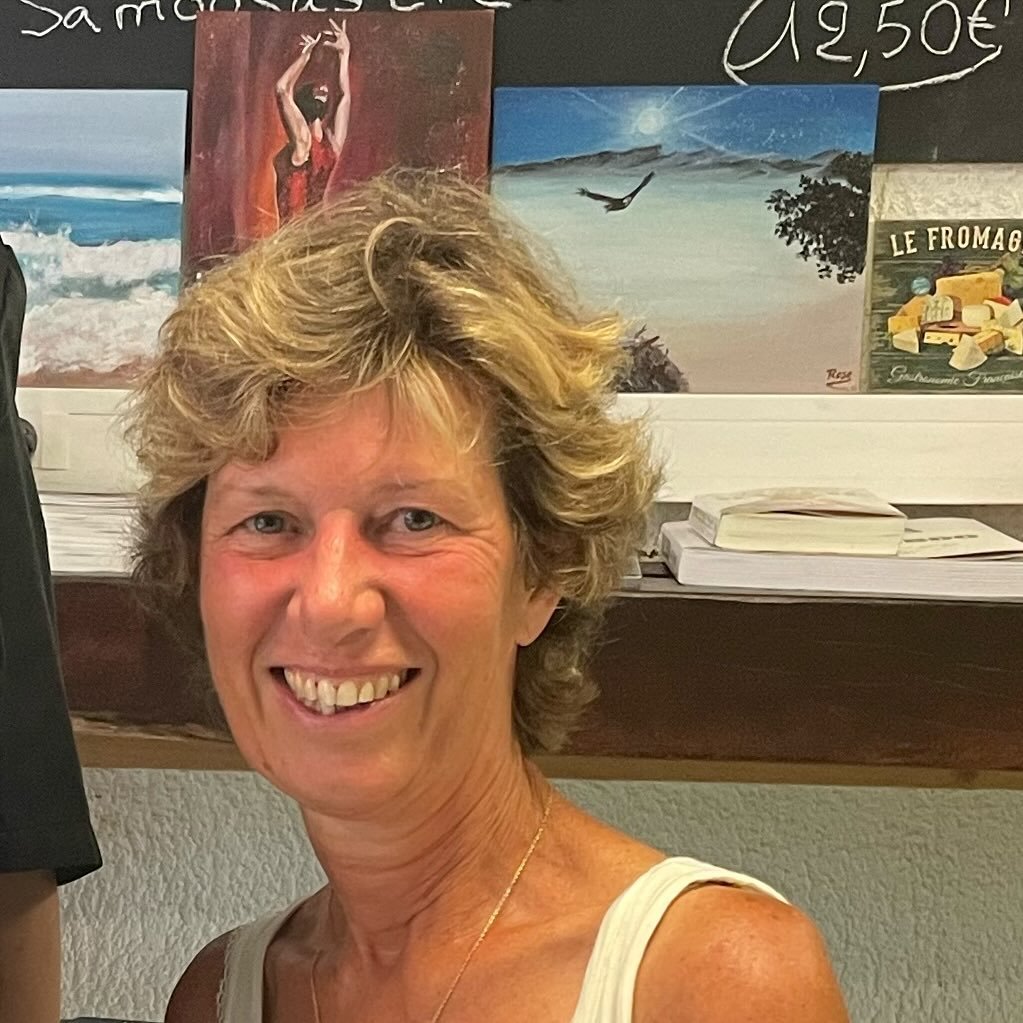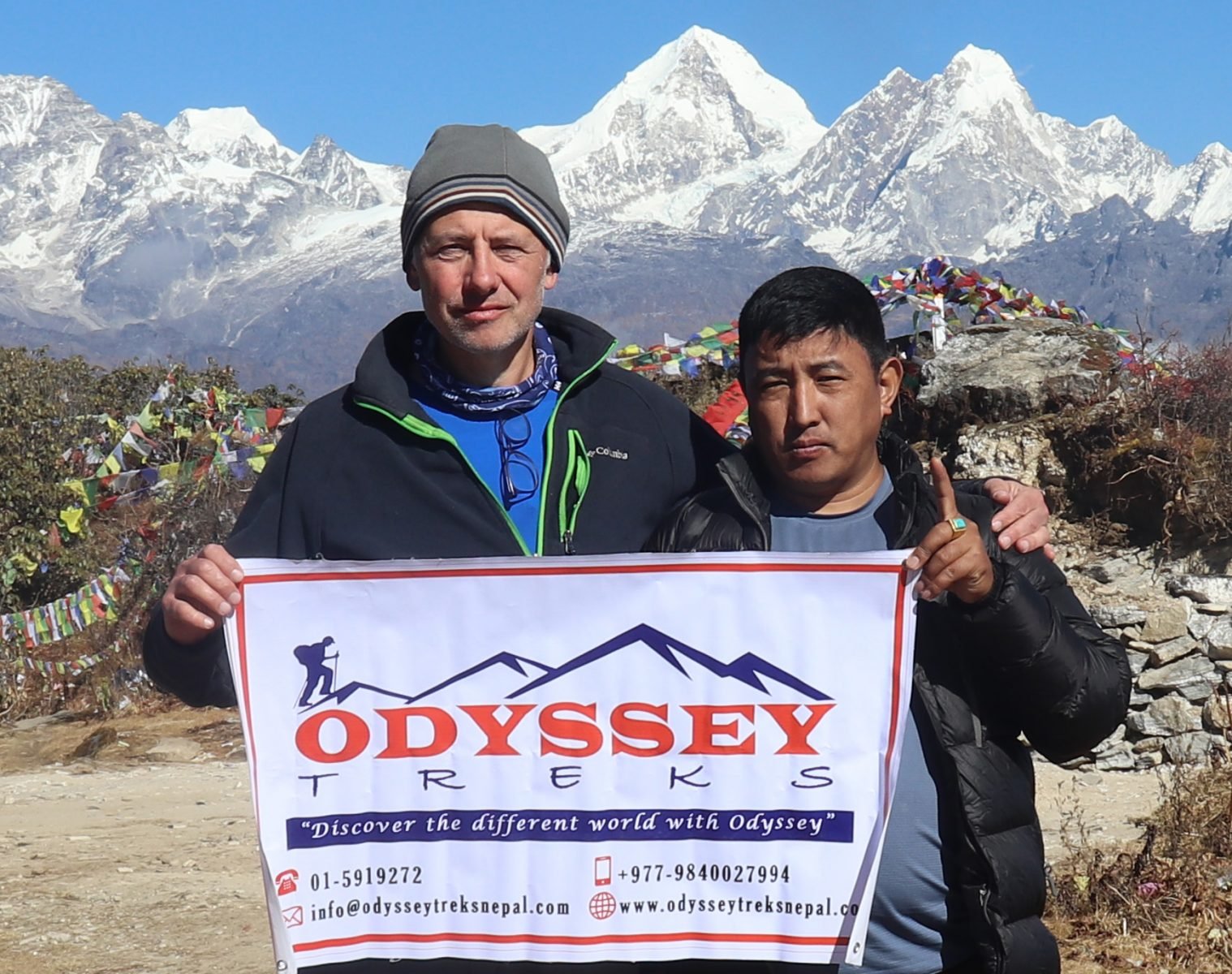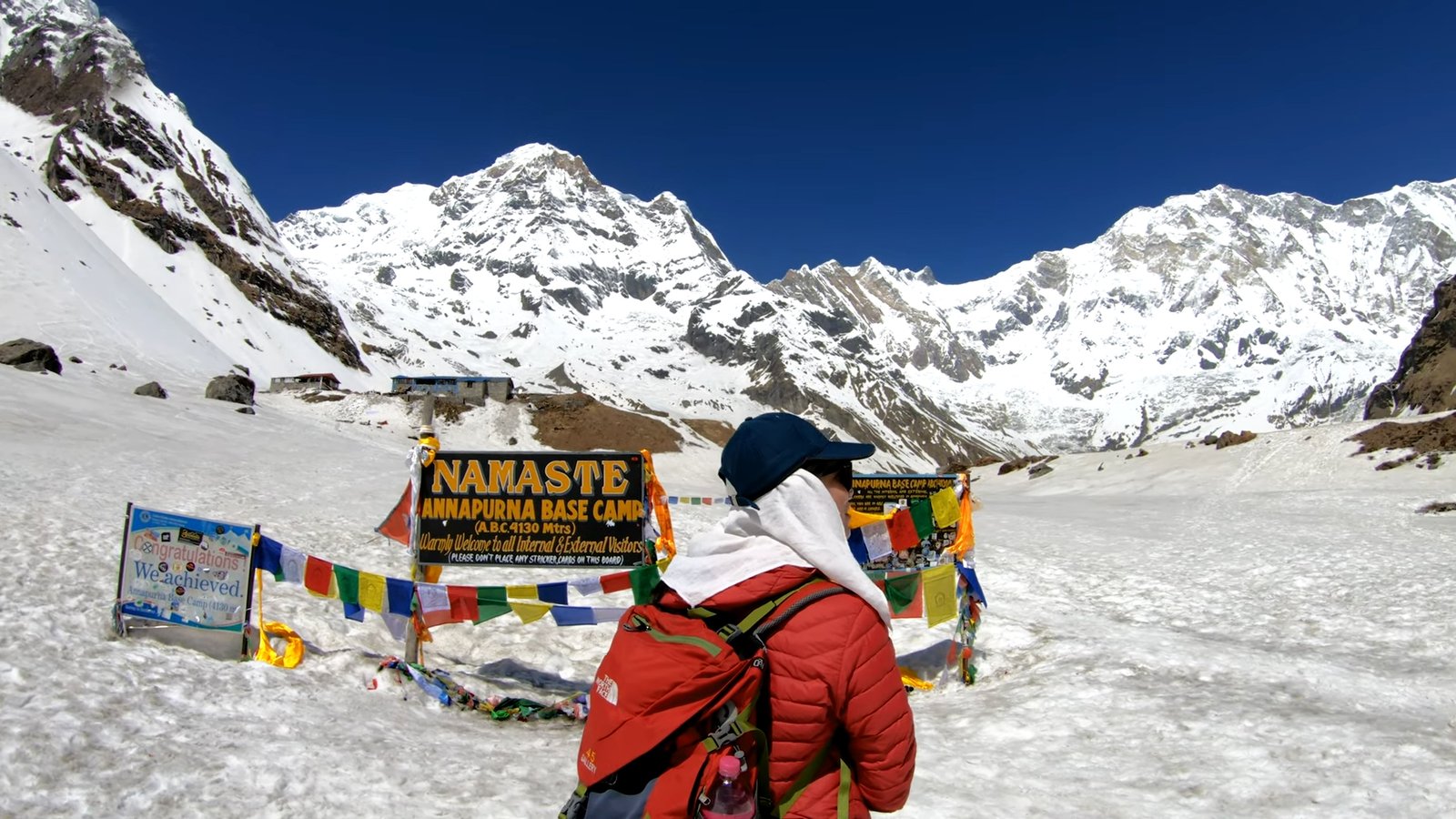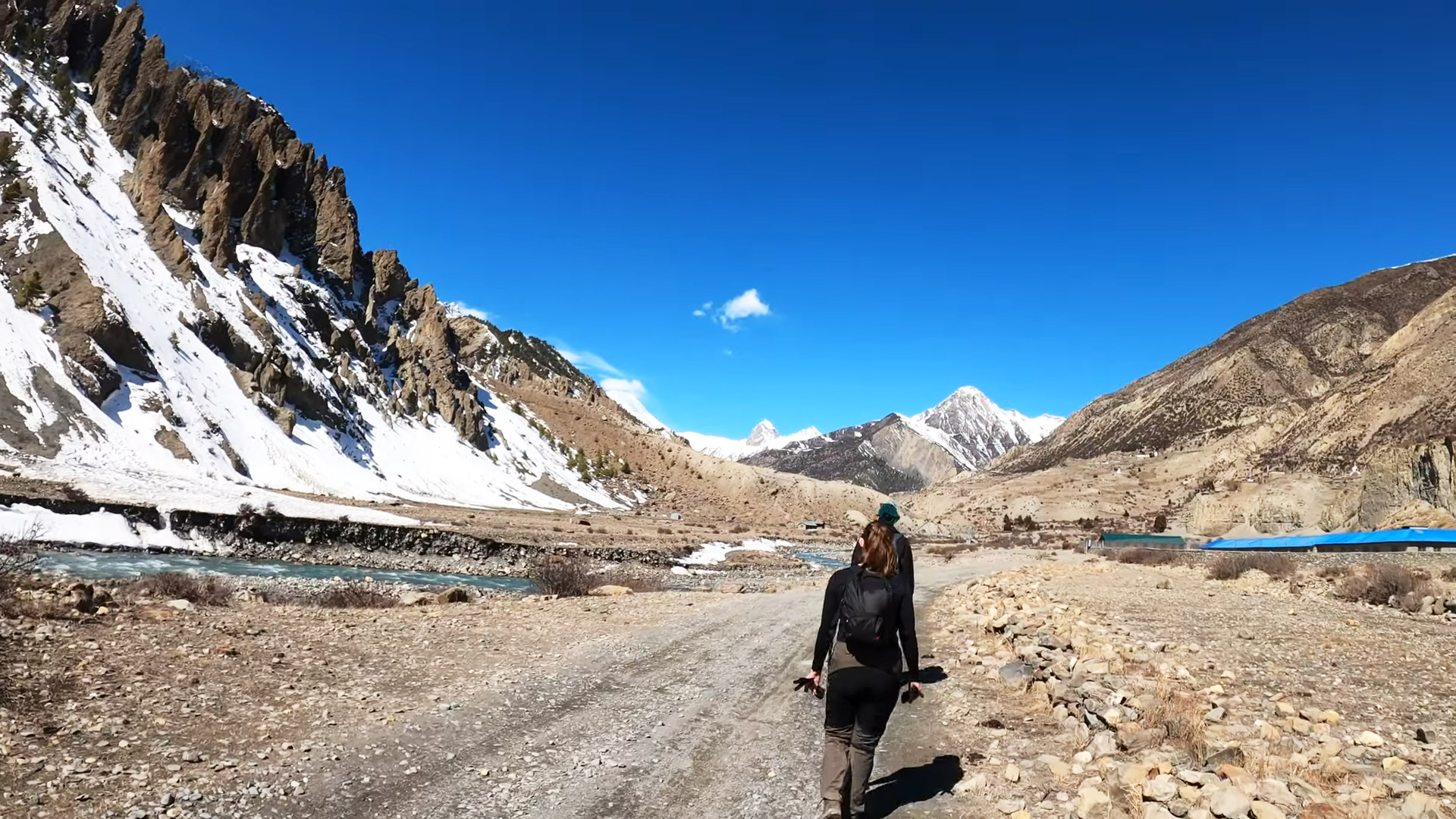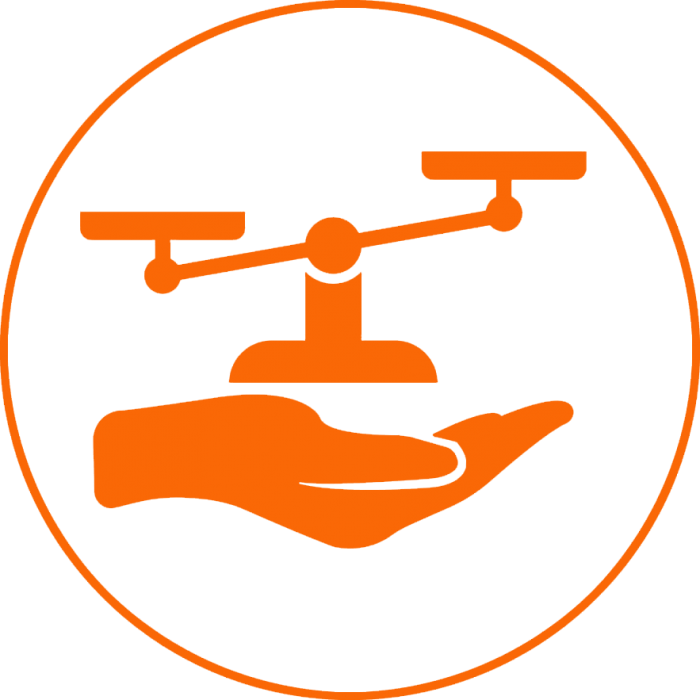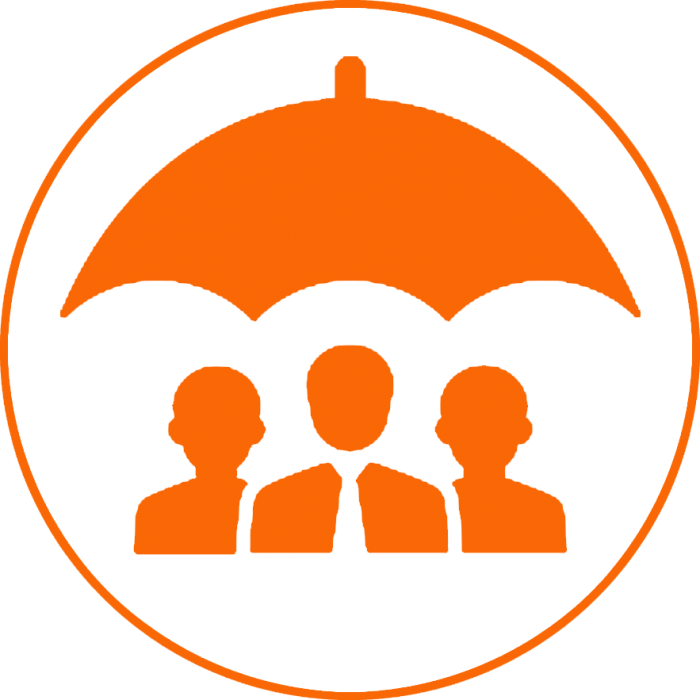Trip Overview
Introduction to Royal Trek
The Royal Trek is a pleasant trek that starts at Lake Begnas outside Pokhara. This trek is one of the shortest and easiest, located in the Annapurna area, north of the Pokhara Valley. The Royal Trek Trail is also a famous trekking trail and the best possible short hiking destination for the Himalayan scenery. The trail takes us to Gurung Village and then takes in magnificent views of Machhapuchhre, Annapurna, and Lamjung.
This trip is extremely enjoyable and does not require any technical knowledge. So, it is a great trek for beginners and older people. Annapurna Royal Trekking is ideal for all age groups and those who are looking for short and normal-altitude hiking. The journey goes through ethnic villages with very rich and diverse cultures. It also offers panoramic views of the Pokhara Valley and the northern Annapurna range.
This trekking provides an opportunity to gather meaningful experiences with a diverse mix of people and cultures in the region. You can see three Himalayan peaks above 8,000 meters high, such as Annapurna I, Dhaulagiri to the west, and Manaslu to the east.
The Trail is traditionally inhabited by the popular Gurkhas family, and after this, the Prince of Wales himself walked. Being the homeland of popular Gurkha soldiers, the traditional culture and lifestyle add a unique experience to your trek.
You may like to visit: Island Peak Climbing in Nepal, 13 Days, Itinerary, Cost, Distance.
A place visited by the royal group
In 1980, Prince Charles (British) of the United Kingdom visited the area to learn how the Gurkhas have traditionally lived in the mountains. After the royal group visited, the whole trail was named “Royal Trek,” and since then it has attracted many trekkers. This hiking trail is especially popular for short camping trips for students and family groups.
The uniqueness of tribes is their unchanging religious practices, cultures, traditions, and lifestyles over thousands of years that cannot be experienced anywhere on earth. This trekking route is less crowded compared to other trekking areas in the Annapurna area, so you can get closer to nature, culture, and lifestyle.
The best seasons for the Royal Trek are autumn (mid-September to mid-December) and spring (March to May). Winter (December, January, and February) is also good for the Royal Trek and can be done. Hiking routes are crowded in the spring and autumn. But during the winter, the routes are not packed, and you can enjoy the best of nature. If you have a time limit and are looking for an easy and fun trip, this trekking can be a choice.
Trip Itinerary
Drive Kathmandu to Pokhara (8207m) – 7 to 8 hours.
After breakfast on the first day of the trip, you leave Kathmandu early in the morning for a drive along the Prithvi National Highway to Pokhara. On the way to Pokhara, one can enjoy the beautiful views of rivers, settlements, and mountains. It takes approx. 7 to 8 hours to reach Pokhara. After reaching Pokhara, you will spend the night in a hotel located in the beautiful “City of Lake” of Pokhara.
Drive Pokhara to Bijayapur (1 hour) and trek to Kalikasthan (1,370m) – 5 to 6 hours walk.
After breakfast on the second day of the trip, you take an hour’s drive to Vijaypur and from there start trekking to Kalikasthan. You cross the river after an hour’s walk through the flat paddy fields. After walking for 5 to 6 hours you reach Kalikasthan. After a short rest, you explore the surrounding area and spend the night at the tea house.
Kalikasthan to Syaklung (1,730m) – 5 to 6 hours walk.
After breakfast at Tea House, the third day of the trip starts for Syaklung. You walk along the ridge of the mountain that offers breathtaking views of Annapurna and Lamjung Himal. The trek goes through many villages which reflect the ancient and traditional lifestyle of the Gurung people. The night will be spent in Syaklung village.
Syaklung to Chisapani (1,550m) – 5 to 6 hours.
After breakfast at the tea house in Syaklung, you walk through the rhododendron forest. After walking through the forest for a while, the trail goes down and then you climb up to 600 meters. After climbing the hill, you can see the beautiful view of the mountains from Chisapani where you will spend the night.
Chisapani to Begnas (3 to 4 hours walk) and drive to Pokhara (1 hour).
On the fifth day of the trip, you will have breakfast with a magnificent view of the Annapurna Himalayan range. The first part of the trek takes you to Rupa Lake and then to Sundari Danda. It takes 20 minutes to reach Begnas Lake from Sundari Danda. You can enjoy a boat ride on Begnas Lake for an hour and then drive to Pokhara Hotel. In the evening, you can go for a walk along the beautiful lake of Pokhara and stay in a convenient hotel for the night.
Drive Pokhara to Kathmandu – 7 to 8 hours.
On the last day of the trip, after breakfast, you drive to Kathmandu. While returning to Kathmandu, you can still enjoy the beautiful view of the river, the settlement, and the mountains. After a 7 to 8 hour drive from Pokhara, you will arrive in Kathmandu and spend the night at a hotel.
Why not list the price?
Each client's needs may be different. The price of the trip varies according to the size of your group and the service you want. The cost of the trip is calculated according to the type of service and accommodation chosen by our customers.
Each trip is customized to fit the client's needs and group size, so the price of each organized trip is different. Please let us know the service you want and the size of the group. We create trips to suit your taste and travel budget per your requirements. Hope you find our price calculation reasonable according to your needs and preferences.
Frequently asked questions about this trip
How difficult is the trek?
The difficulty depends on where and how long you want to trek. The short trek is easy while the long trek requires some physical fitness.
What is altitude sickness?
Altitude sickness is normally known as acute mountain sickness. This can happen when people rapidly climb up to an altitude of more than 3000 meters. We ensure minimal risk by adding rest to our trekking itineraries. Most people will feel some effects of altitude, some shortness of breath and possibly light headache, this is normal enough. Acute mountain sickness patients are quite different and usually have a serious headache, sickness, and lose awareness. In almost all possible cases there are sufficient warning signs to take action properly. Descending to a lower altitude is usually enough to prevent any further problems.
What type of accommodation is available during the trekking?
There are mainly tea houses and lodges available for trekking and they are usually made using local materials and are very comfortable. These accommodations are often family-run and usually provide single and double rooms. The dining room is on the ground floor and is often on fire. All food will be cooked in order in the family kitchen. Toilet facilities are sometimes separate and sometimes outside. Most lodges provide mattresses and blankets. It's a good idea to always have a sleeping bag, which can be useful, and perhaps an inflatable pillow.
How long do we walk every day on trekking?
Trekking programs are classified into three different categories: soft, moderate and hard. Soft treks are only about 7 days to 10 days in duration. They generally do not go above 4000 meters; you can expect to walk about 4-5 hours each day. Moderate treks are challenging enough and long treks that go to the high hill country. Physically exhausting, this involves trekking along the cliffs of the mountains for about 6-8 hours. Harder treks are longer treks that go farther away from the general abode of trekkers and tourists. These physically challenging treks involve walking for 7- 9 hours each day.
How much weight do I need to carry on the trek?
You carry some of your personal belongings, such as warm clothing, water, snacks, sun block, cameras and more. Generally, these items will be lightweight, from 5 to 10kg (10 to 20 pounds). Our porters are available for other heavy goods and for your information one porter would be sharing by two people. The maximum weight carried by one porter is total 20 kg. this means 10 kg. per person is allowed for the trek. In case if you wish to carry more than this weight then you need to hire additional porters.
What is the best time for trekking in Nepal?
October and November are considered as the best times for trekking in Nepal due to dry season. December and January are also considered good times for trekking but it is extremely cold at high altitudes.
Google Reviews
Guest reviews
Thank you a lot for your organization about my trek. It was a superb experience; all was perfect. Karma is a very nice person and a good guide. I appreciated trekking with Odyssey (a reliable Nepal trek operator). If I come back to Nepal, I will be happy to...
Have just returned from my fourth trip to Nepal and as always Odyssey Treks organized everything superbly. We visited Makalu relatively late in the season and were rewarded with empty trails and amazing weather. Karma was as entertaining, friendly, and informative as ever along with Ang Dawa Sherpa who...

